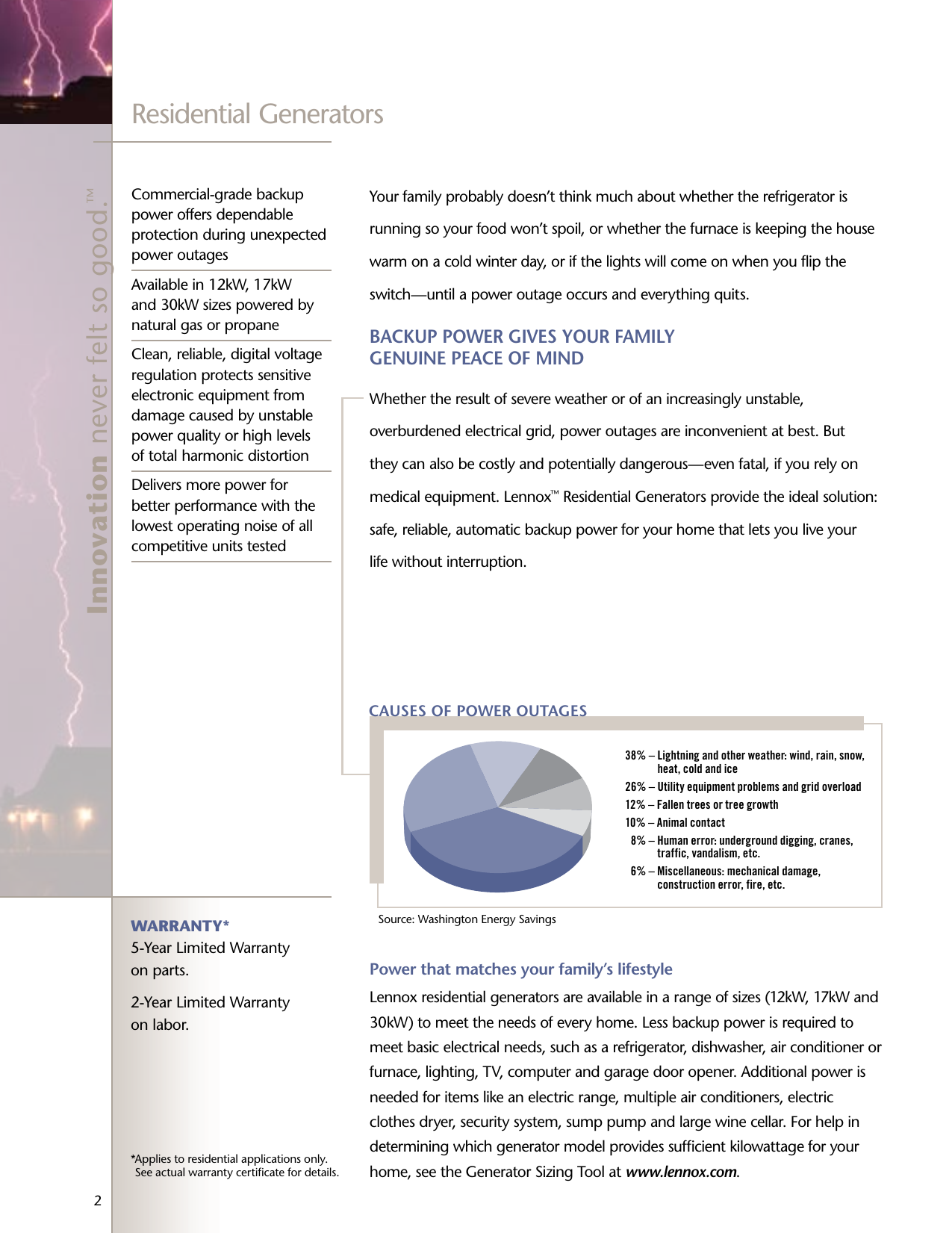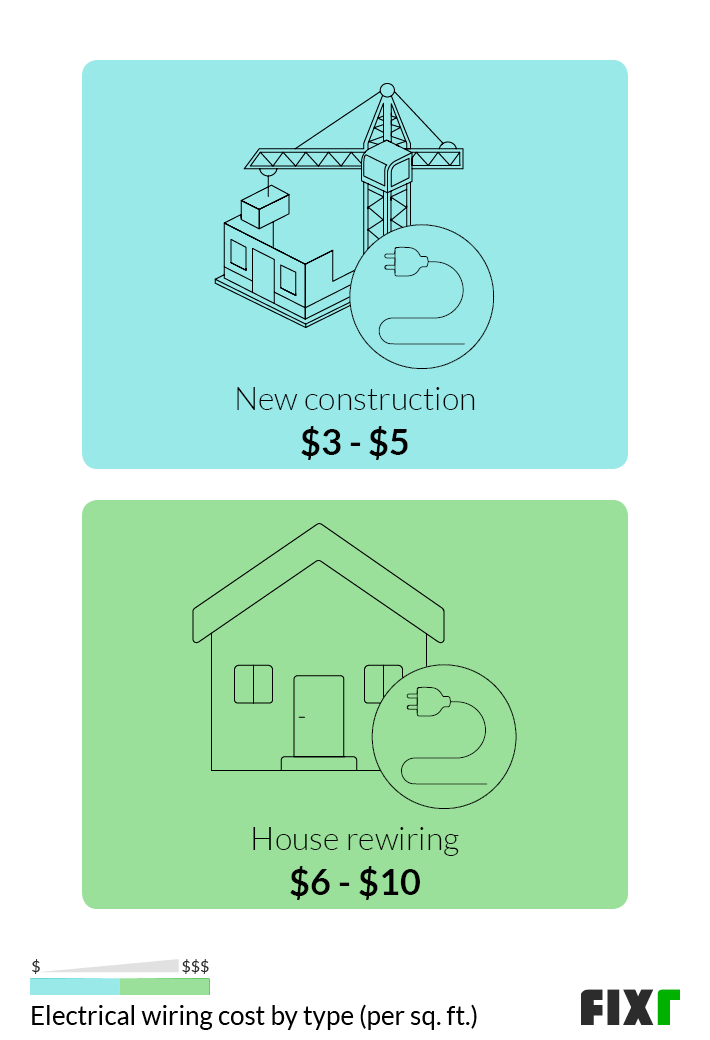

Residential Electrical Labor Units Manual Of Labor
They are periodically updated to keep current. These can be 15-amp or 20-amp circuits, depending on the electrical load of the appliance (check the manufacturer's recommendations usually 15-amps is sufficient).I recommend the NECA Manual of Labor Units, as these are the benchmark of the electrical construction industry. The dishwasher and garbage disposal both require their own dedicated 120-volt circuits. Certain types of dust and vapors may damage your ventilation.An electric range/oven requires its own dedicated 120/240-volt circuit. Do not use your unit during construction or renovation of your house or when sanding drywall.
PayThe median annual wage for electricians was $56,900 in May 2020. Most states require electricians to be licensed. How to Become an ElectricianMost electricians learn through an apprenticeship, but some start out by attending a technical school. Work schedules may include evenings and weekends.
Inspect electrical components, such as transformers and circuit breakers Install and maintain wiring, control, and lighting systems More Information, Including Links to O*NETLearn more about electricians by visiting additional resources, including O*NET, a source on key characteristics of workers and occupations.Electricians often cap wires before installing an outlet.Electricians install, maintain, and repair electrical power, communications, lighting, and control systems in homes, businesses, and factories. Similar OccupationsCompare the job duties, education, job growth, and pay of electricians with similar occupations.
Maintaining equipment and systems involves identifying problems and repairing broken equipment that is sometimes difficult to reach. These systems power the lights, appliances, and equipment that make people’s lives and jobs easier and more comfortable.Installing electrical systems in newly constructed buildings is often less complicated than maintaining equipment in existing buildings because electrical wiring is more easily accessible during construction. Direct and train workers to install, maintain, or repair electrical wiring or equipmentAlmost every building has an electrical power, communications, lighting, and control system that is installed during construction and maintained after that. Follow state and local building regulations based on the National Electrical Code Repair or replace wiring, equipment, or fixtures using handtools and power tools
Electricians employed by large companies are likely to work as part of a crew they may direct helpers and apprentices to complete jobs.Lineman electricians install distribution and transmission lines to deliver electricity from its source to customers this occupation is covered in the line installers and repairers profile.Electricians wear a variety of safety equipment to reduce their risk of injury.Electricians held about 729,600 jobs in 2020. Some electricians may also consult with other construction specialists, such as elevator installers and heating and air conditioning workers, to help install or maintain electrical or power systems. For example, experienced electricians may work with building engineers and architects to help design electrical systems for new construction. While troubleshooting, electricians also may use ammeters, voltmeters, thermal scanners, and cable testers to find problems and ensure that components are working properly.Many electricians work alone, but sometimes they collaborate with others. Other commonly used tools include screwdrivers, wire strippers, drills, and saws. They use different types of handtools and power tools, such as conduit benders, to run and protect wiring.


For more information, contact your local or state electrical licensing board. Most states require electricians to be licensed. Overtime is common.Self-employed electricians often work in residential construction and may be able to set their own schedule.Most electricians learn on the job through an apprenticeship.Most electricians learn through an apprenticeship, but some start out by attending a technical school. Work schedules may include evenings and weekends. Work SchedulesAlmost all electricians work full time.
Apprenticeship requirements vary by state and locality.Some electrical contractors have their own training programs, which are not recognized apprenticeship programs but include both technical and on-the-job training. They may also receive specialized training related to soldering, communications, fire alarm systems, and elevators.Several groups, including unions and contractor associations, sponsor apprenticeship programs. For each year of the program, apprentices typically receive 2,000 hours of paid on-the-job training as well as some technical instruction.Workers who gained electrical experience in the military or in the construction industry may qualify for a shortened apprenticeship based on their experience and testing.Technical instruction for apprentices includes electrical theory, blueprint reading, mathematics, electrical code requirements, and safety and first-aid practices. TrainingMost electricians learn their trade in a 4- or 5-year apprenticeship program. Graduates of these programs usually receive credit toward their apprenticeship. Many technical schools offer programs related to circuitry, safety practices, and basic electrical information.
Many of the requirements can be found on the National Electrical Contractors Association’s website.The tests have questions related to the National Electrical Code and state and local electrical codes, all of which set standards for the safe installation of electrical wiring and equipment.Electricians may be required to take continuing education courses in order to maintain their licenses. For more information, contact your local or state electrical licensing board. Requirements vary by state. Licenses, Certifications, and RegistrationsMost states require electricians to pass a test and be licensed. The Home Builders Institute offers a preapprenticeship certificate training (PACT) program for eight construction trades, including electricians.After completing an apprenticeship program, electricians are considered to be journey workers and may perform duties on their own, subject to local or state licensing requirements.
Electricians must identify electrical wires by color.Critical-thinking skills. Important QualitiesColor vision. Electricians may also find opportunities to advance to supervisor or to other roles in project management. AdvancementAfter meeting additional requirements and working as a qualified electrician, journey workers may advance to become master electricians.


 0 kommentar(er)
0 kommentar(er)
